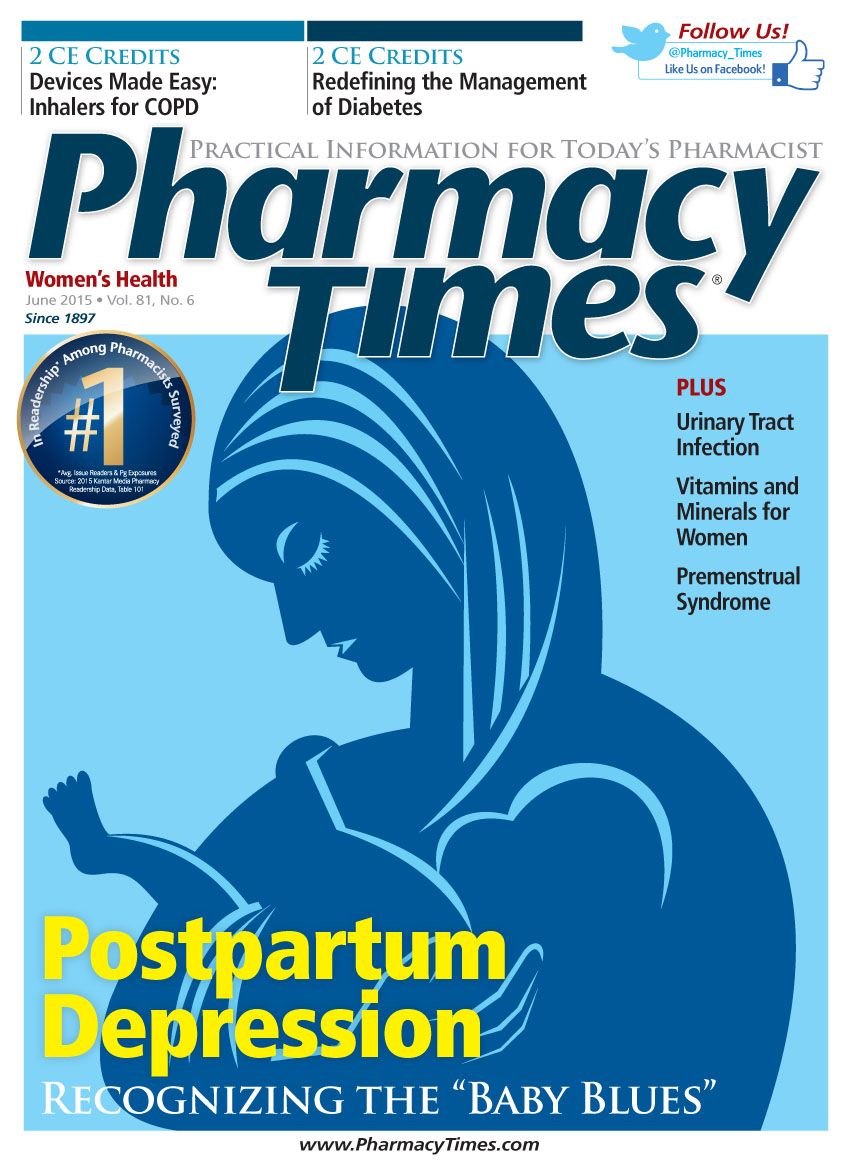Publication
Article
Pharmacy Times
5 Tips for Improving Communication in the Pharmacy
Author(s):
While pharmacy schools now frequently provide communications training, practicing pharmacists may have already developed bad habits and need a refresher course on effective communication.
Each day, pharmacists face the daunting task of communicating under pressure with patients, employees, and physician office staff whose educational backgrounds, levels of understanding, and preferred learning modes differ. Unfortunately, these hurried interactions often leave people confused or without necessary treatment information.
Whereas pharmacy schools now frequently provide communications training, practicing pharmacists may have already developed bad habits and need a refresher course on effective communication. Use these 5 tips to improve your communication skills.
Adjust Your Assumptions
Do not assume that people are listening to you. Individuals’ demeanor or how they engage (eg, head nodding, saying “Yes” and “Uh-huh”) may cause you to assume they understand, but these physical and verbal cues are reflex behaviors. People nod and say “Uh-huh” to be agreeable; these conversational reactions are social niceties. Therefore, gently ask questions to test understanding and comprehension of important instructions.
Next, question your own assumptions about the person to whom you are speaking. For instance, many patients avoid disclosing embarrassing information or behavior. If you assume they are reluctant to hide certain information, consider asking direct, open-ended questions such as, “Patients often avoid telling health care providers that (they have gained weight, they smoke, they drink too much), but it’s important that I know because it will affect your treatment.”
Adjust Your Location
Move to a private area of your workplace. This benefits the pharmacist—patient relationship in 2 important ways. First, it reduces distractions, as you are less likely to be interrupted by other patients or coworkers. In the case of patient counseling, patients are less likely to be distracted by the pharmacy’s bustle. Second, it allows privacy. If a coworker’s issue is complicated or a patient is embarrassed or ashamed, privacy allows him or her to talk and ask questions in confidence.
Adjust Your Tone
If you get frustrated, your volume may increase, your speaking speed may accelerate, and you may assume a clipped, unfriendly tone (a sure turnoff for others). You may also find yourself unable to process information or think clearly. Check your feelings as you communicate, and if you feel frustration or anger, pause for a minute, take a deep breath, and take a moment or two to gather your thoughts. Then, start over with a friendly, relaxed tone. Strive to maintain a consistent volume, speaking speed, and tone. If a conversation becomes especially heated, excuse yourself (politely) for a minute or ask to reschedule the discussion for a later time.
Adjust Your Vocabulary
Remember that your vocabulary, while familiar to you and the health care community, may be foreign to others. Although you have spent years studying and working in health care, patients may have spent 10 minutes considering an issue. So, simplify your vocabulary. Ask yourself, “How would I explain this concept to a high school student?” Avoid acronyms and jargon, as well. For example, remember that you know a negative biopsy or lab test is a good thing, but many patients may hear “negative” and jump to the worst possible conclusion. Also, many health care topics are controversial: birth control, unwanted pregnancy, and end of life care are just a few. Avoid inflammatory or judgmental language, and stick to the facts—offer no opinion and do not lecture. The same is true for business and personnel issues: choose words carefully, and allow others to explain before you jump to conclusions.
Adjust Your Methods
Not everyone learns by listening; many people are visual learners. Also, people with whom you need to communicate may be distracted by any number of things: cell phones, anxiety, other patients, children, etc. If it seems like you are not being understood, consider writing down the most important aspects of your instructions or discussion to help people engage in the present and remember for the future. Pictures or diagrams may also assist if a medication is especially difficult to administer.
If you find yourself explaining the same problem or process repeatedly, consider keeping copies of stepby- step instructions handy. Always walk each person through them, however; don’t just hand a patient a piece of paper. Finally, recommend that patients contact your or their primary care physician if any questions arise about their treatment.
Conclusion
Miscommunications inside the pharmacy can have life-altering consequences. Pharmacists should refine their communication styles and patterns constantly to ensure patients receive the information they require for effective treatment. If a particular task seems beyond your skills, ask a colleague for assistance.
Ms. Wick is a visiting professor at the University of Connecticut School of Pharmacy.







